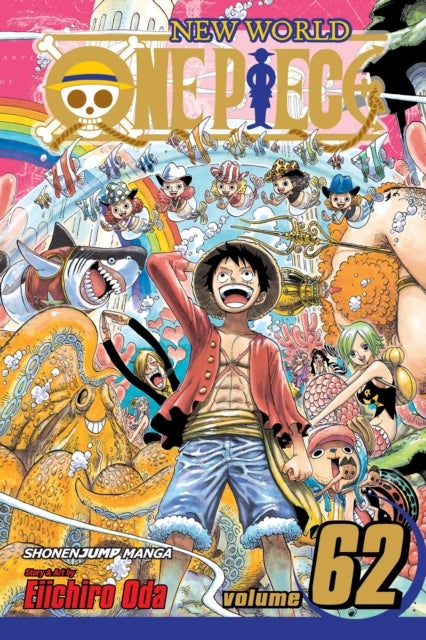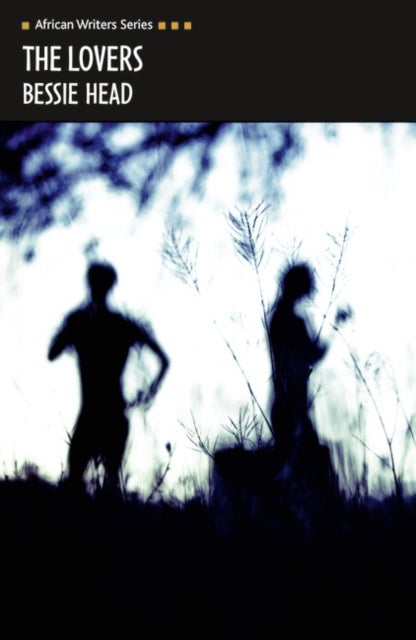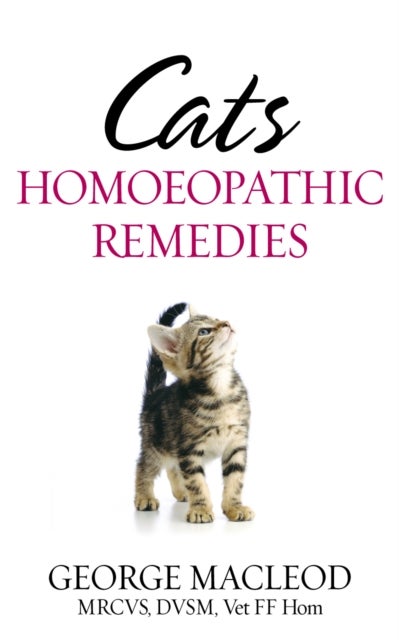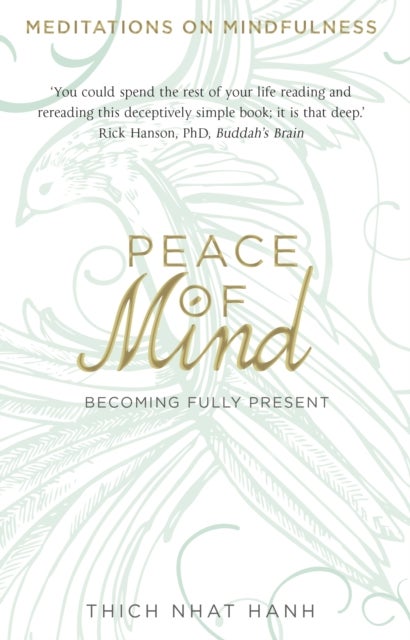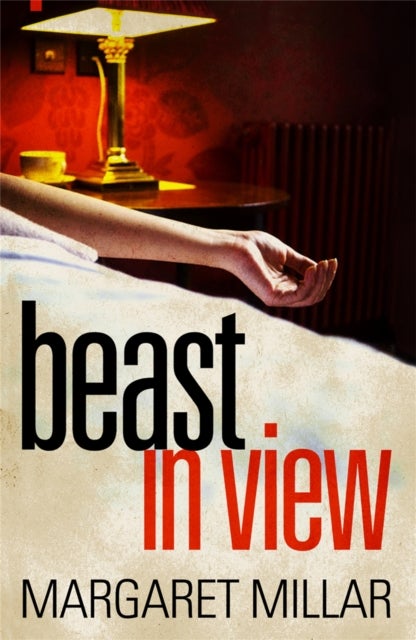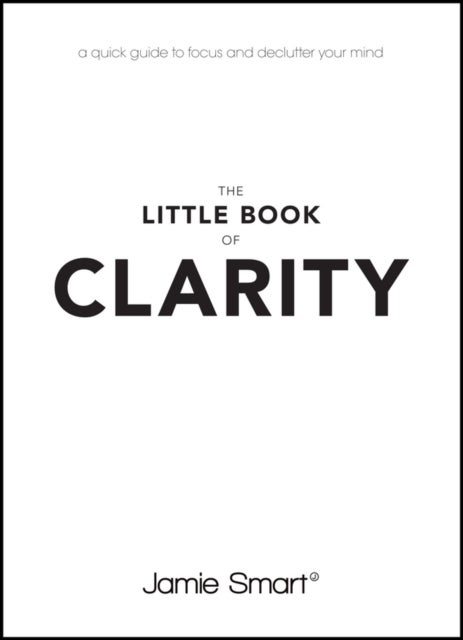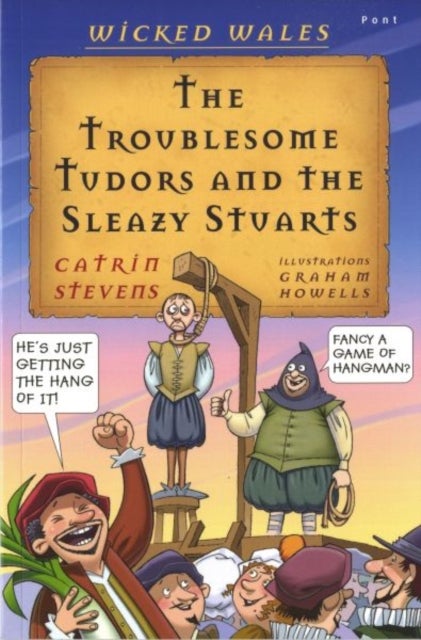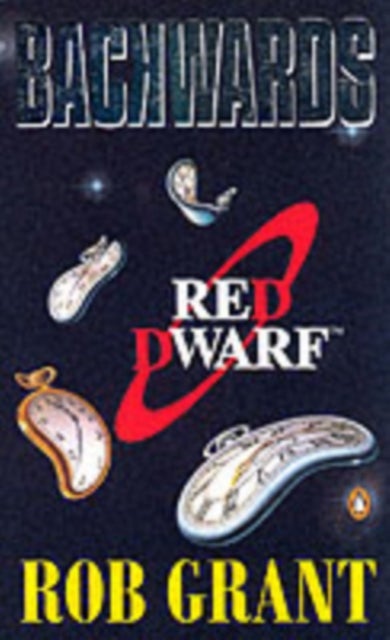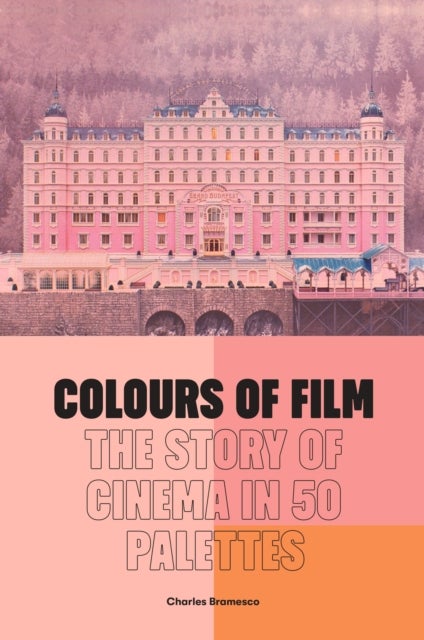
Colours of Film av Charles Bramesco
279,-
<B>‘What’s so wonderful about Bramesco’s book, outside of a visually splendid layout that embraces the first word of that title with detailed color breakdowns of each palette, is how much it enhances the critical language of the average viewer.’ – Brian Tallerico, Editor of RogerEbert.com</B><BR/><BR/><B>Taking you from the earliest feature films to today, <I>Colours of Film</I> introduces 50 iconic movies and explains the pivotal role that colour played in their success.</B><BR/><BR/> The use of colour is an essential part of film. It has the power to <B>evoke powerful emotions</B>, provide <B>subtle psychological symbolism</B> and act as a<B> narrative device</B>.<BR/><BR/><B>Wes Anderson’s pastels</B> and muted tones are aesthetically pleasing, but his careful use of colour also acts as a shorthand for interpreting emotion. And let’s not forget <B><I>Schindler’s List </I></B>(1993,<I> dir. </I>Steven Spielberg), in which a bold f

